Gnoivce and Hartmut helped a lot with this code but it takes a while to run. The CData property in the bar command doesn't seem to be implemented in the Octave 4.0-4.2.1 version which I'm using. The work around for this was to plot all the single bars individually and set an individual color for each individual bar. People helped me out and got me this far but it takes 5 minutes for the plot to show does anyone know a way of speeding this up?
The following code runs:
marbles.jpg image file used below:

clear all,clf reset,tic,clc
rgbImage = imread('/tmp/marbles.jpg');
hsvImage = rgb2hsv(rgbImage); % Convert the image to HSV space
hPlane = 360.*hsvImage(:, :, 1); % Get the hue plane scaled from 0 to 360
binEdges = 0:360; %# Edges of histogram bins
N = histc(hPlane(:),binEdges); %# Bin the pixel hues from above
C = colormap(hsv(360)); %# create an HSV color map with 360 points
stepsize = 1; % stepsize 1 runs for a while...
for n=binEdges(2:stepsize:end) %# Plot the histogram, one bar each
if (n==1), hold on, end
h=bar(n,N(n));
set(h,'FaceColor',C(n,:)); %# set the bar color individually
end
axis([0 360 0 max(N)]); %# Change the axes limits
set(gca,'Color','k'); %# Change the axes background color
set(gcf,'Pos',[50 400 560 200]); %# Change the figure size
xlabel('HSV hue (in degrees)'); %# Add an x label
ylabel('Bin counts'); %# Add a y label
fprintf('\nfinally Done-elapsed time -%4.4fsec- or -%4.4fmins- or -%4.4fhours-\n',toc,toc/60,toc/3600);
To see original question original question



